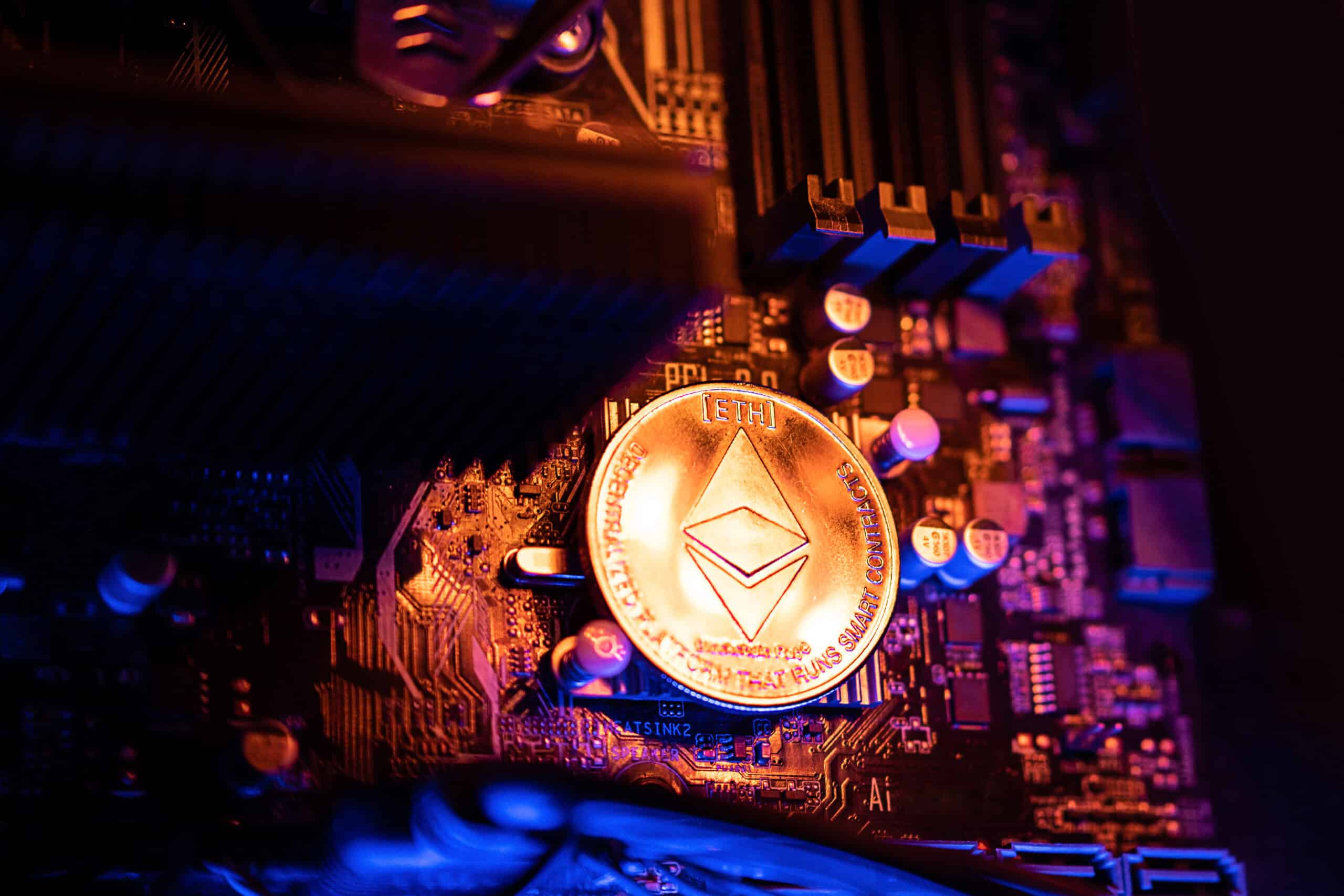At Ethereum’s Devcon conference in Bangkok on Tuesday, Ethereum Foundation researcher Justin Drake proposed “Beam Chain,” a redesign of the network’s consensus layer, the blockchain’s backbone that orders and validates which transactions are added to the next block.
With a five-year roadmap, Beam Chain would impact how Ethereum’s upcoming upgrades are executed, and also introduce several significant upgrades such as improving transaction finality time and integrating new zero-knowledge technology, Drake said in his speech.
While the audience applauded his announcement, a number of people in the Ethereum community took to X to criticize Drake’s proposal overall, with others pointing to its long time horizon and potential impact on how upgrades are implemented.
For example, Ethereum builder Martin Köppelmann and José Maria Macedo, the founding partner of research firm Delphi Digital, both called out the proposal for basically being a simple “refactoring” of Ethereum’s code base that improves internal quality but does not change the code’s external behavior and functionality.
“The big new feature is… a big refactoring. Sorry @DrakeFJustin, but [in my opinion] Ethereum needs to be more ambitious than this,” wrote Köppelmann on X early Tuesday.
Similarly, Macedo said that “the reality delivered by @DrakeFJustin is pretty disappointing. Basically a refactored codebase w/ 4 second blocks and ‘quantum resistance.’ All delivered by 2029-2030. This isn’t enough to make ETH L1 competitive, or even to create a narrative that it could be. The [Ethereum Foundation] needs to think bigger.”
Unhappiness With the Timetable
Meanwhile, others have expressed frustration with the proposal’s five-year timeframe.
“My eyes HURT when seeing anything Ethereum present[s] takes 5 [years] to ship,” noted Bowen Li, principal engineer at restaking protocol EigenLayer. While Li is bullish on Beam Chain overall, he urged Drake on X to significantly accelerate the timeline. “Elon in 5 years shipped a rocket that can return to earth safely. You know we may reach Mars before Beam Chain goes alive, right?”
Similarly, DefiLlama developer @0xngmi argued, “We need eth/acc,” which is short for “Ethereum Acceleration.”
The Ethereum Foundation when you ask them for a concrete timeframe for the Beam chain pic.twitter.com/casDemvQQL
— laurence (@functi0nZer0) November 12, 2024
Changes to Upgrades
A final criticism of Drake’s proposal focuses on the changes to how Ethereum implements future upgrades. Typically, Ethereum executes an incremental change in its code base once a year—2021 added sync committees, 2022 was the advent of the Merge, and 2023 saw ETH staking withdrawals.
Under the new proposal, Ethereum developers will continue to make incremental improvements, focusing on “low-hanging fruit” changes. However, once these changes are completed, ETH builders will “hit a wall” where certain upgrades won’t be implemented gradually, according to Drake, who argued that the Beam fork offers a significant, all-at-once upgrade to Ethereum’s consensus layer. “One way to think about the Beam fork is as a dashing opportunity. We’re dashing multiple upgrades in one single fork,” Drake said.
However, Ethereum core developer Péter Szilágyi pushed back against the idea of upgrading the consensus layer all in one go.
“The Beam chain is not a bad proposal in itself, but we should be [wary] of introducing too many changes at once that impact everything across the board. Systems and communities need to adapt,” Szilágyi said on X early Tuesday.
“I don’t see anything wrong with researching the Beam Chain proposal, but I also don’t see a point in waiting 5 years for those changes to land when half could be done way before independently,” added Szilágyi.



